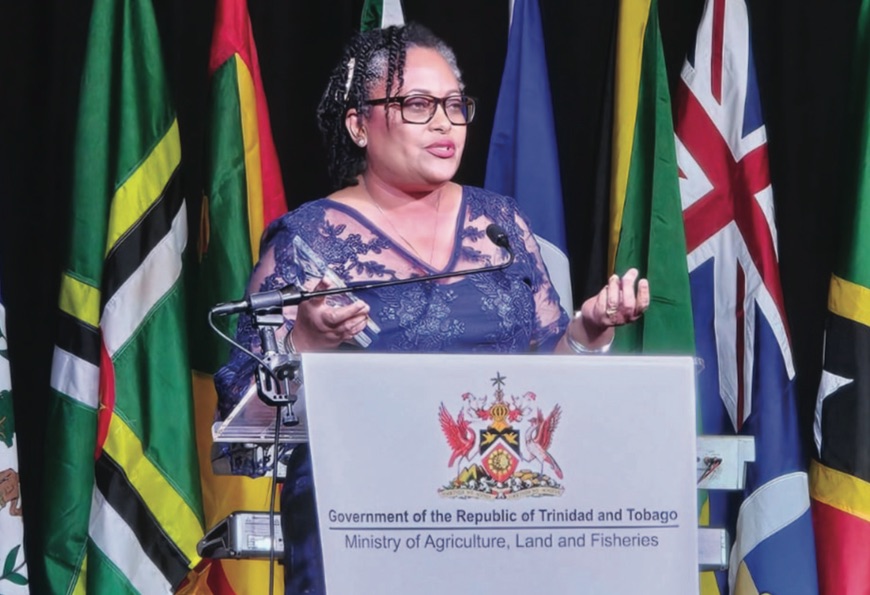First Gen STAR Mentorship Programme Makes the Transition Easier for New Students
Stepping onto The UWI campus for the first time can feel like entering a whole new world filled with lecture theatres, classrooms, labs, and of course, the Alma Jordan Library. For many “freshers”, especially those who are the first in their family to pursue higher education, that excitement can be mixed with anxiety and self-doubt.
Recognising this, the Division of Student Services and Development (DSSD) launched the First Gen STAR Mentorship Programme, a guiding light designed to help first-generation students adjust to campus life and thrive. The initiative pairs freshers with student mentors who have already navigated the ups and downs of university life. From finding classrooms and managing coursework to discovering hidden campus perks and freebies, mentors provide practical help, emotional support and encouragement.
For third-year student Kerlyssa De Verteuil, becoming a mentor felt like a natural calling.

“When I was new on campus, things were very confusing. The campus is so large; I didn’t really remember where all my classes were. I was excited to volunteer to be a mentor because helping others has always been a part of my nature. Just making life a tad bit easier for someone can go a long way,” she said.
Kerlyssa remarked that she wished the initiative existed when she was in her first year, noting that it would have made adjusting to campus life much easier. This thought greatly influenced her decision to sign up as a mentor when she learned about the programme.
Mentee turned mentor, second-year student Thomas Williams, was equally eager to join the programme. Reminiscing on his first year, he recalled how his own mentor made the transition smoother.
“Often, students start their degree and know very few others on campus. Making friends isn’t always easy, so it’s nice to have company to attend events on campus or to give some guidance on how to achieve a school/life balance,” he said.
With my mentee, I tried to expand on some of the things my mentor did for me. I was pleased to take my mentee to a few events on campus to encourage him to make full use of his benefits as a UWI student. We even went to the Fresher’s Fete together, and he seemed to have really enjoyed himself. As he and I are in different degree programmes, one of the first things I told him was to make full use of his academic advisor in choosing his courses.”

Stories like Thomas’s and Kerlyssa’s highlight the ripple effect of mentorship. Each connection forged creates a cycle of empowerment, one student lighting the path for another.
The First Gen STAR Mentorship Programme does not only help students find their way around campus, but also helps them find their footing in a community that believes in them. Mentors often serve as a bridge between uncertainty and confidence, showing first-generation students that they belong and have earned their place.
What makes the initiative so impactful is its focus on empathy and shared experience. Many mentors have faced similar challenges, including the pressure to succeed, homesickness, financial worries, or simply figuring out how to fit in. Through weekly check-ins, group activities, and one-on-one conversations, mentors help mentees build both academic resilience and a sense of belonging.
Beyond academics, the mentorship initiative also introduces students to the vibrant side of UWI life, including cultural showcases, student societies, volunteering opportunities, and campus traditions that make university more than just a place of study. It is about building community, celebrating identity, and helping each other rise.
As the DSSD continues to expand the programme, its vision remains clear: to ensure that no first-generation student feels lost, unseen, or unsupported. Every mentor- mentee relationship is a testament to the university’s commitment to holistic student development, and a reminder that success is not only about grades.
In the end, the First Gen STAR Mentorship Programme offers more than guidance. It transforms the daunting path of higher education into a shared journey where every first step forward is a little less lonely, and every goal feels a little more possible.